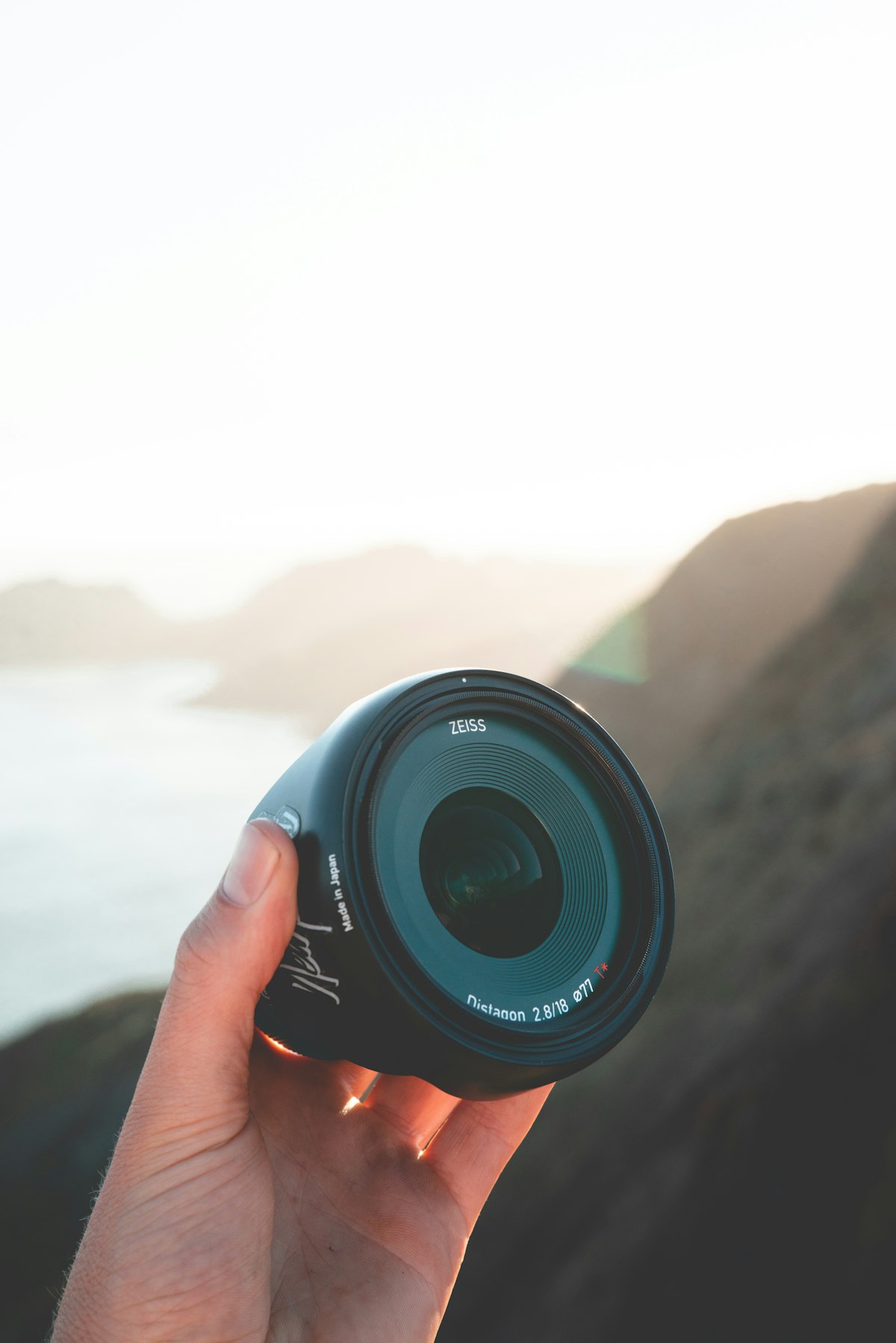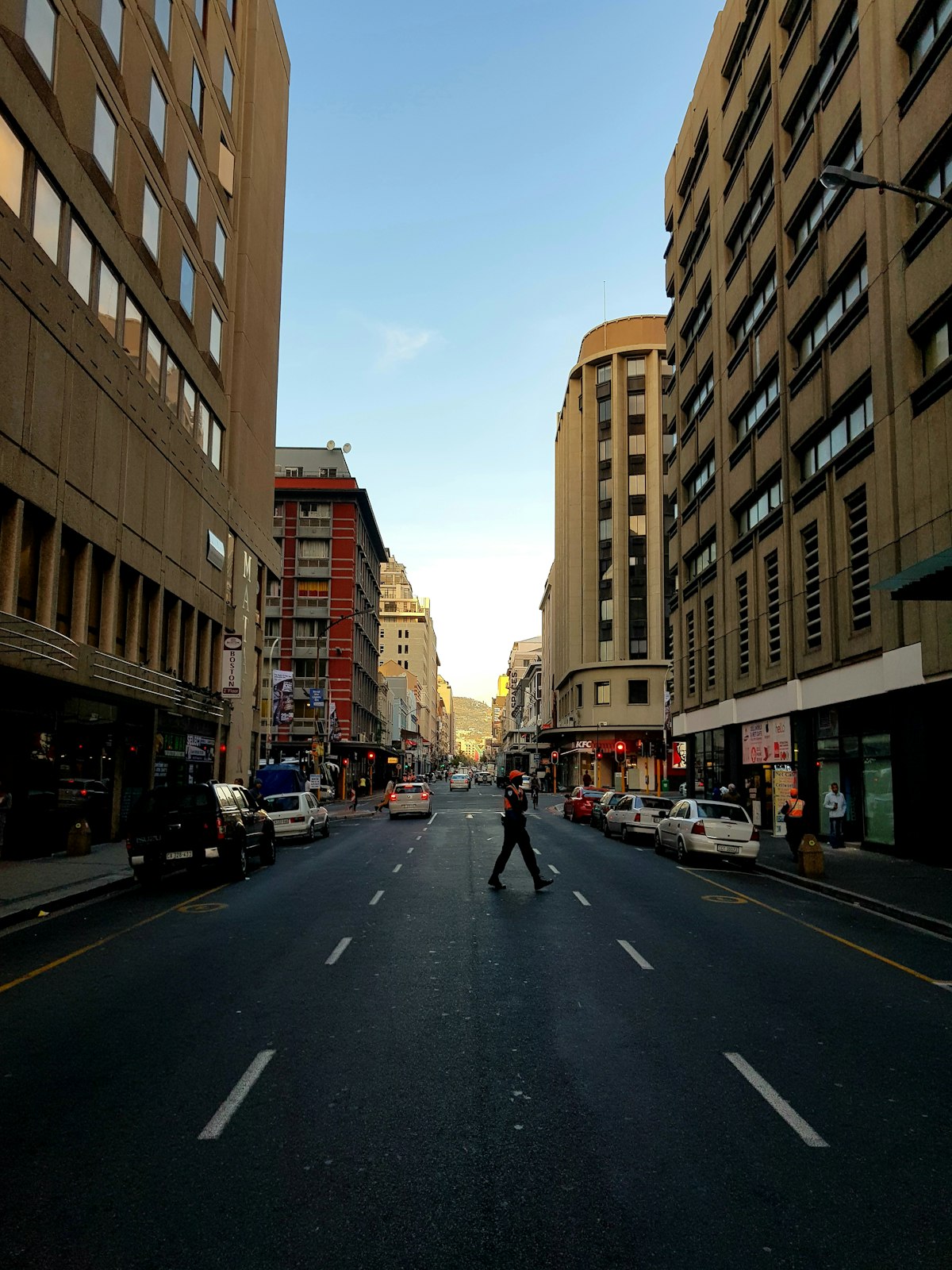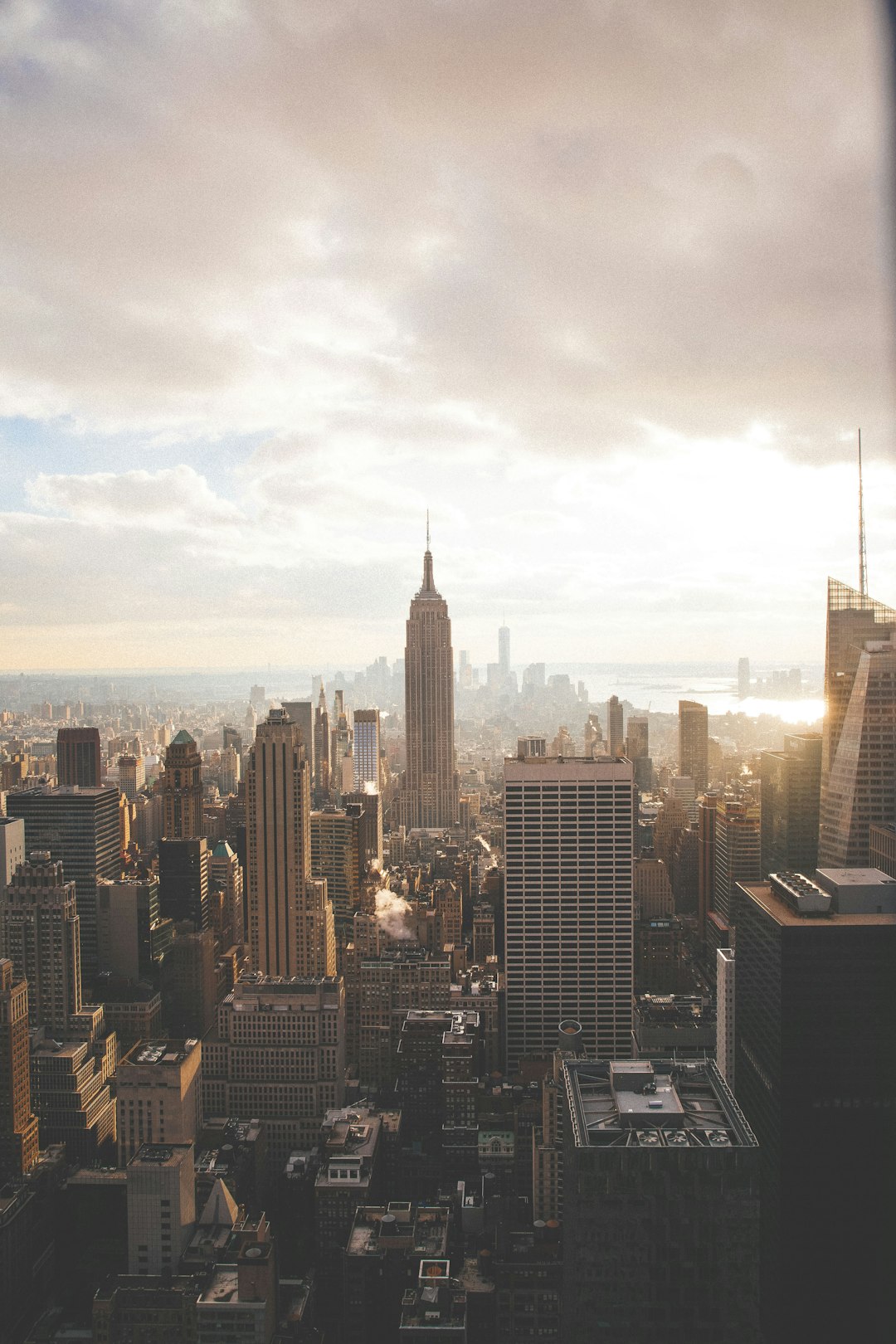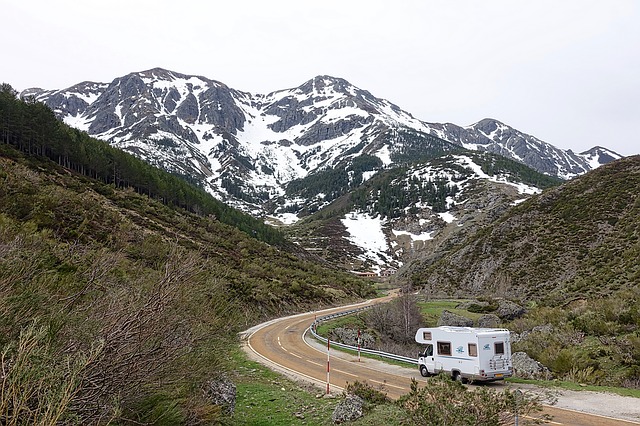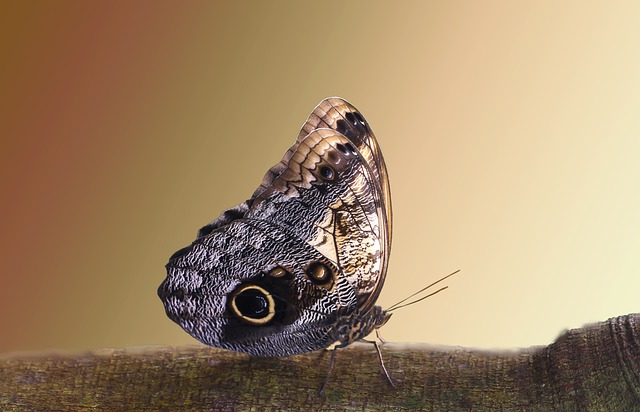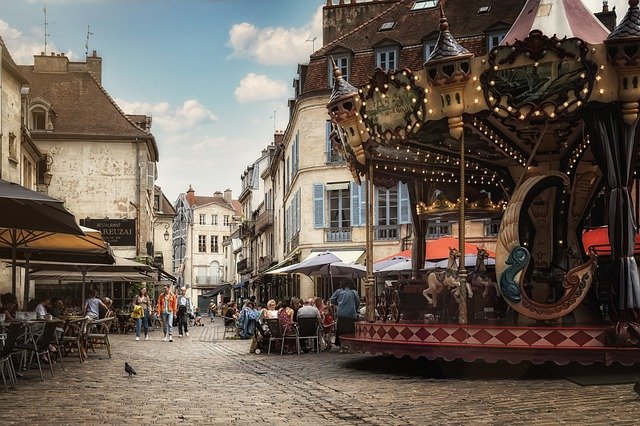
You’ve made the decision to take the best photographs you can. Your timing could not be better. Below, some tips are listed to get you started in photography.
Don’t dilly-dally when taking your photographs. If you hesitate too long, the moment will pass and you will have missed the opportunity to get that perfect shot. The faster you can get your pictures taken, the better.
Take your pictures quickly. If you hesitate, you may miss the moment you are trying to capture because of your subject moving. The more rapidly you can photograph your subject, the more likely you are to get your desired shot.
When you are prepared to take your photography to the next level, invest in a dSLR camera. These professional quality cameras allow you to view your photograph as you take the shot. Full-frame DSLRs are best because they have the largest image sensor, and create more detailed photos.
Take unique pictures that are interesting to you and that you think would be highly interesting to others. That’s the best way to develop your own style and allow others to see the world from your perspective. Avoid cliched poses or shots that you have seen millions of times. An unusual angle can be just the thing to express your creativity and create a memorable photograph.
Practice using manual adjustments to the white balance in your photographs. While taking shots indoors, sometimes you get a yellowish color due to the light bulbs. Instead of spending the time to fix the lighting, you can just change the white balance from your camera. This should, definitely, give a more professional appearance to your pictures.
Reflex Camera
Take pictures when you leave when traveling. Trips provide a great place to shoot some very interesting photography. Create a timeline of your trip with the pictures you take throughout it.
If you are thinking about becoming a photographer for real, you will need the dSLR. A DSLR is a single-lens reflex camera that is digital. These cameras are superior when it comes to viewing your subject just as the image is shot. For larger images and more detailed photographs, a full frame digital single lens reflex camera is the best choice.
Consider documenting your souvenirs with photography during your travels. To help you remember where you purchased items, stand in front of the store with the object, and take a picture. You’ll be able to craft a story with your photograph to share when you show friends and family your album.
Use care when packing your photography equipment in trip preparation. Take the lenses you think you may need and don’t forget to pack additional cleaning items and batteries. Never take more stuff than you need on any particular photography trip.
Try pre-focusing your camera and then moving so that your subject is not right in the middle of the lens. Centering photos is expected and not very unique. Off-centering your subjects can create an interesting element for the viewer.
Do not allow your camera batteries to run low because you never know when a photo opportunity will occur. Digital cameras can use a lot of power, especially when using the LCD screen, so make sure your batteries are fully charged before needing to use the camera. You could always carry a spare set of batteries with you so you can change them out, and you’ll never miss a great photo.
When you finally find that perfect moment to snap a shot, make sure not to move at all when you press the shutter. Even hold your breath, if you have to. Any little movement can ruin your shot. Get in the habit of holding your breath and being conscious of your movements before you press the shutter button.
Above all else, photography is an art form meant to be enjoyed. Photos should be taken of things you want to remember later on and show others, whether it be an event, a location or even just a space of time. Stay excited and enthusiastic about taking pictures and it will show up in the results.
Indoor florescent lighting scenes will require white balance adjustments. Fluorescent lights emit blue- or green-tinged light, leaving your subjects looking too cool. The appropriate setting will compensate for the red tones that your lighting environment lacks.
Digital cameras normally contain a built-in flash, that automatically turns on when the natural light is too low. This is good for random, candid shots, but if you want a professional look, invest in a flash that is external and offers more lighting. Make sure that your camera contains a “hot shoe” that accommodates an external flash. Make a trip to a camera store to make sure you get the right flash for your camera.
Take pictures of small gestures during a wedding. For example, a close up of the brides flower arrangement or some make up sitting on the vanity. You might also snap some amazing shots in the process.
You will have to play with ISO, aperture and shutter speed. That combination will decide your picture’s exposure. Over- or underexposed pictures should be steered away from, unless this is the particular look you are seeking. With a little experimentation, you can strike the right balance between the 3 settings to deliver the results you want.
Change your focus settings on your camera to achieve different effects in your photographs. Reduce the f-stop setting to maintain focus on the closer subject. This type of photography is great for portraits, because the subject is usually near the camera and is meant to be the main focus. In contrast, increasing your f-stop setting will also increase the field depth and bring all elements of the photograph into focus in a more even manner. This works well to photograph landscape.
Learning about proper composition is something you must do when you are starting out in photography. If you already have some experience under your belt, it is something that can help you take better photographs. If there is lack within the composition, the photograph will suffer, as this is true across all forms of art. Learn and apply various best practices regarding composition to improve your photography.
Take the time to learn how the ISO on your camera functions, or you could find yourself taking bad photographs because of it. When ISO levels are higher, you will find more grain in both the viewable and printable versions of your images. Unless your goal is to achieve a grainy look, this effect can be disastrous.
It might seem like a beginner’s tip, but even pros forget that sometimes less is more. When dealing with any photo, don’t over-think things. You can actually overshadow your intended subject when there is too much going on in the rest of the photograph. There is lots of beauty in the simplest of art forms, so make your shots simple!
Take a silhouette shot. There are other ways beside the sun to create a type of silhouette. A silhouette will appear if the background is a lot brighter than the subject. By using an off camera flash behind the subject, or by positioning the subject in front of a bright window, you will be able to create a perfect silhouette. Always remember that many people consider the outline of their body to be unflattering, so don’t focus on that unless it’s what you’re subject wants.
Play with the notion of scale, perspectives and expressions. You can make an object appear bigger or smaller depending on where you place it, or try using it in a funny situation to express a more artistic photograph. Take everyday objects out of the mundane by composing them in your shots in an unusual way.
Try shooting your subject by placing your camera on a low level and tilting it upwards if you want to give an impression of power or size. Photographing a subject from above can make them seem more wispy and fragile. It’s best to experiment with techniques like this so that you can get a feeling for when it’ll be effective.
Many times the subject looks directly into the camera. You can create a more interesting shot by directing your subject to focus on a point off-camera instead of directly at the lens. You might also direct the subject to focus on an object or person within the frame.
When you are trying to get a close-up shot, use your optical zoom as opposed to the digital zoom. A lot of cameras let you zoom closer than the optics alone can handle, but image quality starts deteriorating when digital features are enabled. Digital mode shows these pixels in the picture that bring down the quality of the image. Read the manual of your camera to see if you can disable the digital zoom feature.
Make sure you take note of natural lighting. Shoot outdoor photos at the beginning or ending of daylight. When the sun sits high in the sky, harsh shadows or squinting subjects can become an issue. If you do use sunlight, position your photo so that the sun is hitting the subject from the side.
Keep images balanced. The easiest way to make all your photos look worthy of an art gallery is to keep a careful balance of all the elements in the image. If you end up with some distracting images, use photographic editing software to crop your image.
While you might think using a lower setting on your camera is a good thing because you can store more photos, you must consider the resulting quality. If you intend to print the photographs, you will lose a good deal of quality by doing this. Only use these lower quality settings on your camera if you are sure that these images will only be viewed on a screen.
When you are aiming for the perfect photograph, make sure to take large numbers of pictures of the same subject. This way you are more likely to capture the perfect shot. At a later time, you can browse through them to find the one you like the most. Digital photography makes it easy to take multiple pictures quickly; this helps you to capture the perfect moment.
Focus on your subject. The quality of the overall photo is hugely impacted by whether or not the focus is on your subject. A key building block to learning how to express your personal style through photography is understanding the importance of camera focus. Especially when starting out, your main subject should be in view and centered. Let the background happen naturally.
If you are going to be taking pictures in low lighting environments, you should try to increase your shutter speed. This will prevent the occurrence of blurriness. Try selecting a speed of 1/250 to start with and change it depending on the light.
You should have the proper tools to get started by now. Even if you already knew your way around a camera before you read this article, you probably learned something new. The advice you were given in this article should help you to do better when you’re taking photographs.
Pay attention to your photos so you know whether they are under or overexposed. You can learn this by researching and investigating your camera’s histogram. The histogram gives you a graphic representation of the level of exposure for each shot. You can use this to fine-tune each shot until it is just right.
A lot of people wish to figure out Gopro Accessories,soft down alternative pillow soft
nurse home waterproof mattress protector
DAHUA starlight Network Camera
mattress and box spring covers, but have a little trouble fully understanding them. Luckily, this piece includes all you require to move forward successfully. Now is the time to take the knowledge you have gained and apply it to your life!






